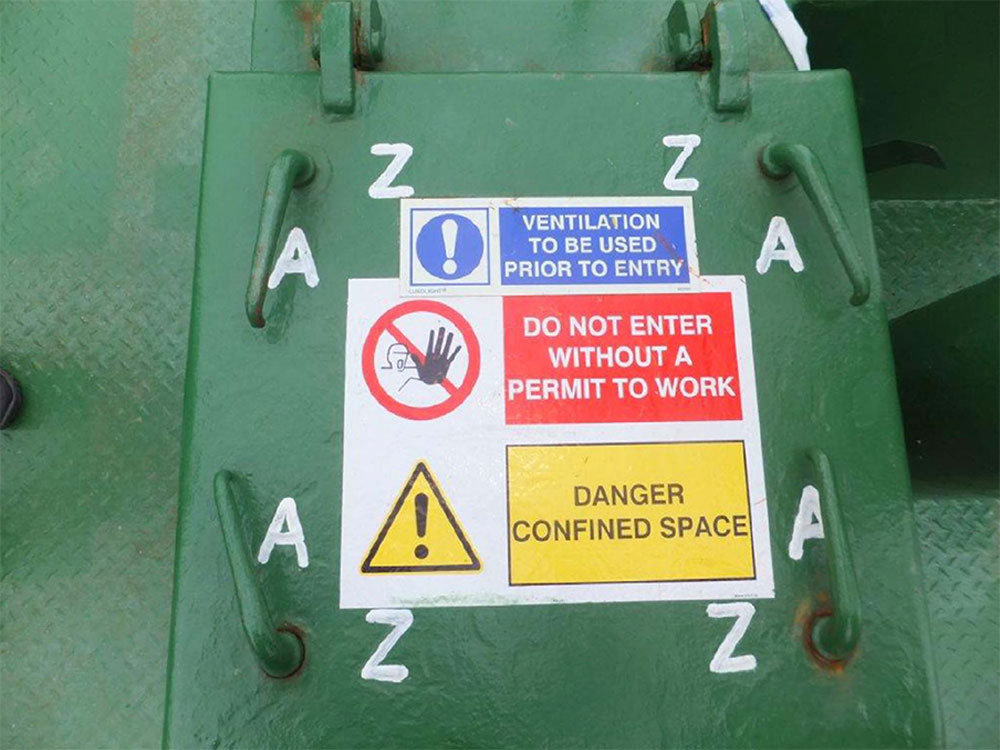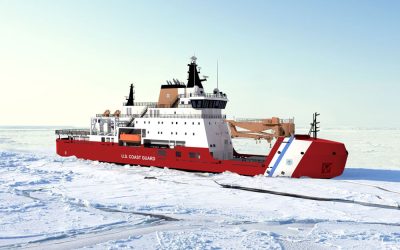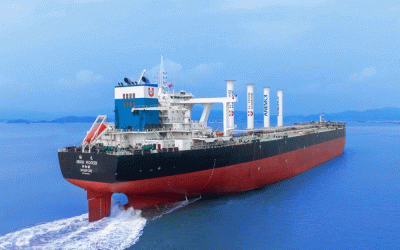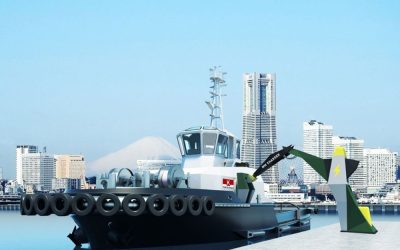It seems that, no matter how many times the maritime and offshore sectors flag the problem, enclosed space fatalities just won’t go away. A recent report from the International Marine Contractors Association (IMCA) reveals that, of 1,611 standard vessel inspection reports uploaded to its Common Marine Inspection Documents (eCMID) and Common Marine Inspection Documents for Small Workboats (eMISW) databases between 1 April 2023 to 1 April 2024, 70 vessels (or 9%) lacked adequately controlled enclosed space entry procedures.
These findings have led Mark Ford, marine and quality manager at IMCA, to comment: “From the beginning of all seafarers’ basic training, we are instructed on the hazards and procedures around confined spaces. Yet, sadly, we are continuing to hear of unnecessary fatalities.
“No one should lose their life doing their job; however, more than 300 are known to have died in enclosed spaces on ships since 1996, including 31 in 2023.”
The IMCA report breaks down the analysed ships into 848 smaller workboats of less than 500gt and 763 larger, mostly offshore vessels. The report also highlights that 12% of vessel operators reported not inspecting the pilot ladder before use, while 10% did not have adequate procedures in place for the handling of chemicals and flammable materials.
Ford tells Ship & Boat International: “The 2022/2023 report showed that 66 vessels did not have adequate enclosed space entry procedures in place. In the 2023/2024 report, this number has risen to 70. This is not a massive increase, but it is still concerning that you have 70 working vessels with no adequate procedures. That’s 70 chances for a potential fatality due to ignoring well-known enclosed space protocols.”
And these protocols are well-known: “cast in stone”, as Ford puts it. He explains: “Enclosed space entry is embedded in a vessel’s safety management system as part of the ISM Code. Section 1.2.2 of the ISM Code clearly states that its objectives are to ensure safety at sea and prevention of human injury, loss of life and damage to the environment. Ships are continuously audited on their compliance and enclosed space entry procedures are present. It’s just that they are not being effectively applied, or indeed followed.”
Ford recalls several incidents from his first-hand experience as a ship inspector, including when, conducting an inspection on board a timber carrier, he observed a crew member preparing to enter the hold without breathing apparatus. It was only when Ford attached his gas detection meter to a rope and lowered it into said hold that the crew member understood the close call he’d just had – the meter had recorded an oxygen content of 12%, markedly below the minimum acceptable level of 19.5%.
“You have cases where crew enter spaces in which they feel safe, such as battery lockers or CO2 rooms,” he continues, “but they don’t turn on the fan because their intention is to just ‘pop in and out’.” Sometimes, they get away with it; sometimes, as the IMCA report underlines, they don’t.
A significant number of enclosed space incidents, Ford suggests, “are due to people not properly recognising that a space should be classed an ‘enclosed space’”. He adds: “I see human factors as playing a big part in this, especially during attempted rescues.”
As pointed out in previous issues of Ship & Boat International and Offshore Marine Technology, going back to at least 2012, the offshore sector’s adage that ‘trouble comes in threes’ reflects the fact that many enclosed space incidents result in three fatalities. Typically, the first crew member to enter the encloses space collapses as a result of lack of oxygen (typically caused by a build-up of toxic gases, rust, paint fumes or cargo that consumes oxygen); a second crew member attempts to rescue the first, but is also overcome by the atmosphere and collapses; and a third observer then attempts to rescue both stricken colleagues, before also succumbing to the atmosphere. Class society DNV estimates that more than half of all enclosed space fatalities occur when one crew member attempts to rescue another.

Mark Ford, IMCA: “No one should lose their life doing their job”
An important step, then, may be to define what constitutes an onboard ‘enclosed space’ so crew members remain aware of the differences between these hazardous spaces and other, less-challenging onboard areas. Ford describes an ‘enclosed space’ as one featuring “limited openings for entry and exit” as well as “inadequate ventilation”. However, he argues, the definition must go further than this: the term should describe a space “not designed for continuous worker occupancy, including but not limited to cargo spaces, double bottoms, fuel tanks, ballast tanks, cargo pump rooms, compressor rooms, cofferdams, chain lockers, void spaces, duct keels, inter-barrier spaces, boilers, engine crankcases, engine scavenge air receivers, sewage tanks and adjacent connected spaces”.
The above list is not exhaustive: “A list should be produced on a ship-by-ship basis to identify enclosed spaces,” Ford advises. After all, the risk hotspots on a trawler may differ significantly from those on a jack-up rig.
In an article on this topic in Ship & Boat International July/August 2022, InterManager secretary general Captain Kuba Szymanski argued that naval architects should take risk “out of the equation” through better enclosed space design, basing their vessel plans on a “human-centric approach”. However, Ford counters: “It would be nigh on impossible to design out the need to enter an enclosed space on board a ship.” If enclosed space fatalities could be attributed strictly to poor design, this may be a preferable problem: then, at least, naval architects could reassess their plans and devise a fix.
Far harder to predict are human factors and crew attitudes. All the safety training in the world can’t guarantee that a crew member won’t enter an enclosed space without PPE, either to save time or because they consider wearing/carrying PPE an inconvenience. Indeed, the crew member may have entered the space without PPE before, and without any harmful consequences, giving them a false sense of security – and perhaps making it harder to convince them of the importance of adhering to safety management plans.
For the full article, see Ship & Boat International July/August 2024




